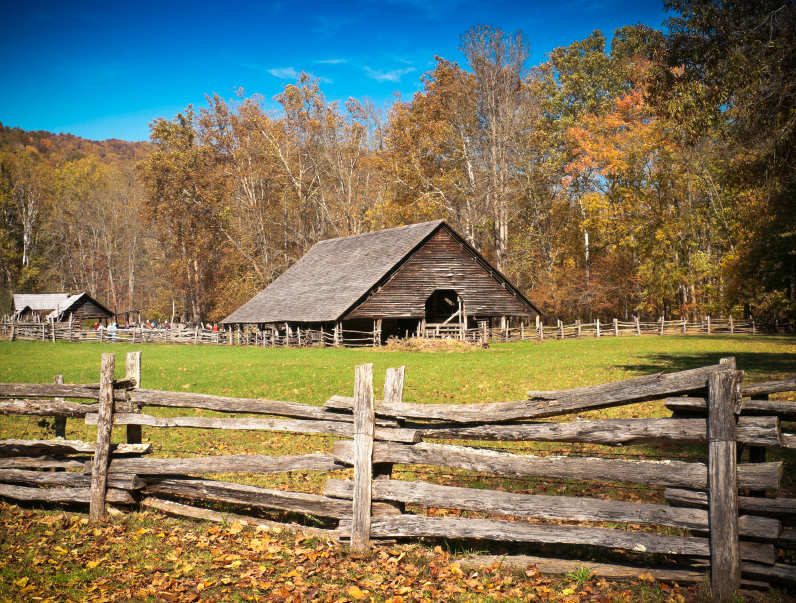8 Factors to consider when choosing a self-defense knife
07/10/2018 / By Zoey Sky

When it comes to self-defense, one of the most reliable weapons that a prepper can use is the survival knife. A heavy-duty survival knife, which usually measures about eight to 15 inches, is much stronger than a simple pocket knife. Aside from self-defense, you can even use a survival knife to cut firewood and even start a fire.
They’re the perfect self-defense weapon because they’re easy to carry. Simply hook a knife to your belt if you need both hands to carry your gear, and you should be good to go. But you also need to know how to use a knife properly so you don’t end up hurting yourself while trying to fend off attackers. (h/t to PreppersWill.com.)
Factors to consider when choosing a self-defense knife
- Blade material — Survival knives are made of either stainless or carbon steel. Both have their own pros and cons. Stainless steel is very sturdy, and it won’t need repainting for a long time. While carbon steel knives can maintain their sharper edges longer, they rust faster compared to stainless steel knives.
- Blade style — Blades can be either plain/single-edged or serrated. A single-edged knife is better for chopping wood and it’s easier to sharpen. On the other hand, a knife with a serrated blade requires a special sharpener.
- Handle — The handle of survival knives come in different styles and they may be made of various materials. Skip knives with a hollow handle because they won’t have a complete tang. Another knife feature to avoid is a compass embedded in the handle. Since the tool is part of your knife, the handle might break when too much force is applied to it, something you want to avoid if you have to defend yourself. (Related: What’s in YOUR bug out bag? 10 must-have multipurpose survival tools.)
- Length — Survival knives can measure anywhere from six to 12 inches. A knife shorter than six inches probably won’t be too useful if you need to defend yourself or if you have to chop wood. Get a feel for a larger knife so you can use it effectively for different scenarios.
- Tang — The tang of a knife refers to the section of the blade that goes all the way down to the handle. A full tang, or a tang that runs the full length of the knife, is the best option for a survival knife. It can make the knife more powerful. Other knives may only have a blade connected to the peak of the grip, which might break off.
- Thickness — In general, survival knives should have a depth of at least 3/16 to 4/16 of an inch. A knife of this thickness can be used for self-defense and for gathering materials.
- Sheath — You need a sheath that can keep the knife within reach at all times, but it also has to be easy to unlock so you can draw your weapon immediately.
- Strap — The strap of a self-defense knife is also important. Get a knife with a crossover strap, where the handle meets the sheath. A sheath with a strap near the bottom of the grip may come undone and your knife may fall out. This can cause injuries, which you don’t need when you’re outdoors or in a survival situation.
Other uses for a survival knife
Aside from self-defense, here are other uses for a survival knife:
Sponsored solution from the Health Ranger Store: The Big Berkey water filter removes almost 100% of all contaminants using only the power of gravity (no electricity needed, works completely off-grid). Widely consider the ultimate "survival" water filter, the Big Berkey is made of stainless steel and has been laboratory verified for high-efficiency removal of heavy metals by CWC Labs, with tests personally conducted by Mike Adams. Explore more here.
- A first aid tool — If you cut yourself, you can use a survival knife to cut makeshift bandages that you can use to dress your injury.
- For food preparation — Use a survival knife to chop meat or vegetables. You can also use it to skin game or prepare fish.
- For splitting wood — A knife with a full tang can be used to split wood. Make sure your knife has a flat edge on the back of the blade. A different type of knife can get damaged if you use it to split wood.
- For shelter building — A survival knife can be used to gather materials like wood and branches for a shelter.
You can read more articles about the benefits of owning a self-defense knife at Gear.news.
Sources include:
Tagged Under: bug out, bug out bag, Collapse, disaster, Gear, Homestead, homesteading, multipurpose survival tools, preparedness, prepper, prepping, self-defense knife, self-defense weapons, SHTF, survival, survival knife, survival skills, survival tools, survival weapons, weapons




















